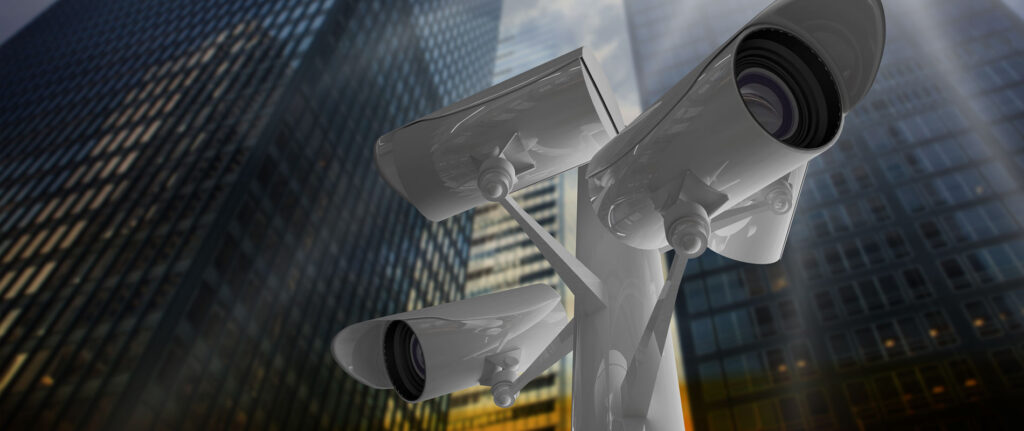Whats the Difference Between IP and CCTV Cameras

The terms “IP camera” and “CCTV camera” refer to two different types of surveillance cameras.
CCTV (closed-circuit television) cameras are the traditional type of surveillance cameras that have been used for many years. These cameras typically use analog technology to transmit video footage over a closed circuit to a monitoring or recording device. CCTV cameras are usually connected to a digital video recorder (DVR) or a monitor, which allows the footage to be recorded and viewed in real-time.
On the other hand, IP cameras (Internet Protocol cameras) are a more recent development in the field of surveillance technology. These cameras use digital technology to transmit video footage over an IP network, such as the internet, to a monitoring or recording device. This allows the footage to be viewed and recorded remotely, from any location that has internet access.
One of the main differences between the two types of cameras is that IP cameras can be integrated with other devices and systems using Internet Protocol (IP) networks, making it possible to view, record, and manage the footage remotely and also can be integrated with other systems like access control and fire alarm. Additionally, IP cameras typically have a higher resolution and can be integrated with advanced analytics, like facial recognition, object detection, and other features.
In general, IP cameras offer more flexibility and scalability, but they also tend to be more expensive than CCTV cameras. The choice between IP and CCTV cameras will depend on the specific needs and requirements of your surveillance system, and it’s important to consult with a professional to determine which type of camera would be the best fit for your specific situation.
Learn what WSS Integrated Technologies can do for you to meet your surveillance camera needs.
- The Role of Continuous Monitoring and Analysis in Intrusion Detection - September 6, 2024
- Understanding Crucial Terms and Technologies in Fire Alarm Systems - August 30, 2024
- The Anatomy of a Fire Alarm System: Essential Components for Complete Protection - August 23, 2024
